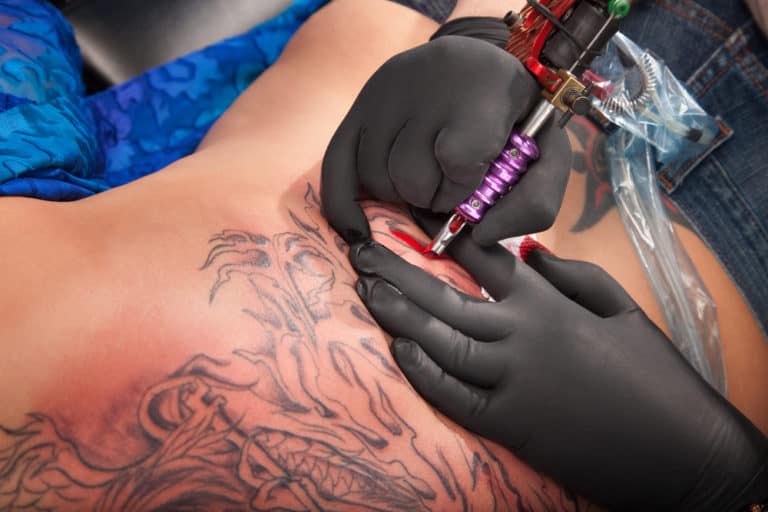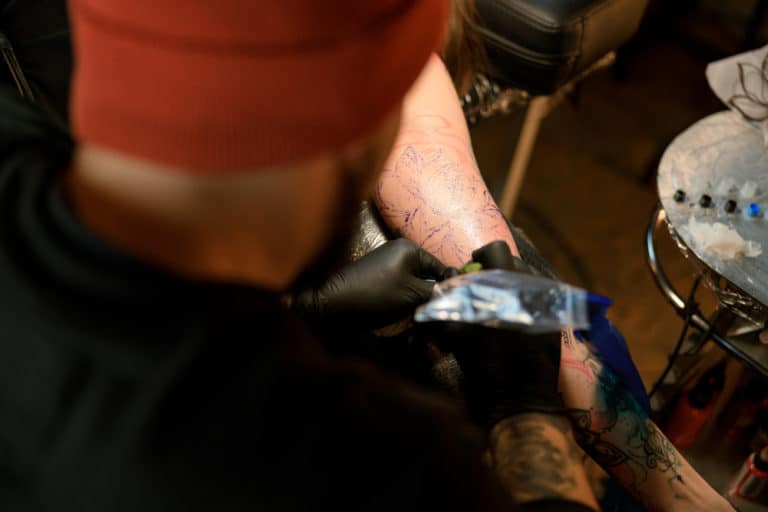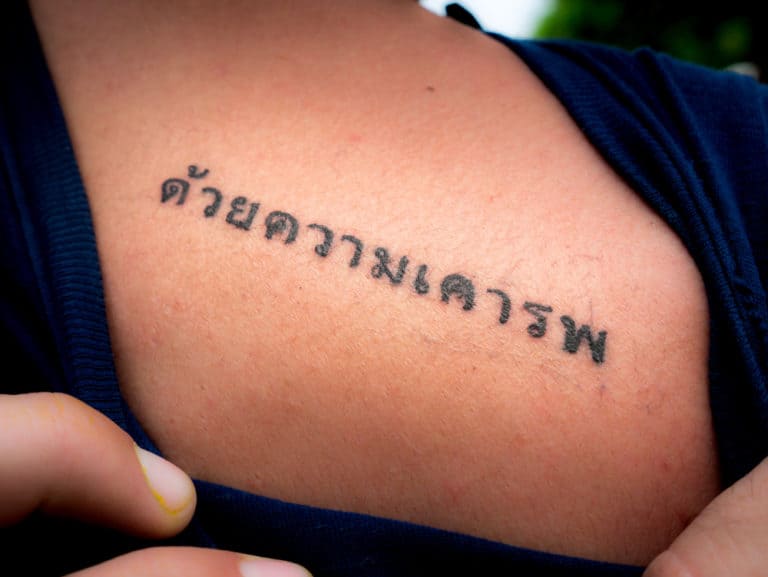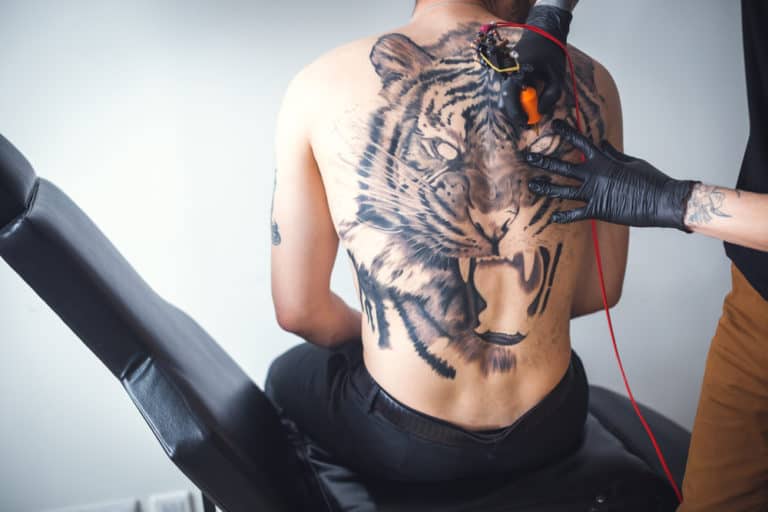Can A Tattoo Heal Without Peeling or Scabbing?
Getting a tattoo is a thrilling experience, from the initial idea to getting it designed. Then you finally get it tattooed by the artist of your choice, and they wrap it up. Your artist will advise you against exposing your fresh ink to the sun or water, among other tips for successfully healing your tattoo. Whether you’re a first-timer or you’ve already got a sleeve, you might be wondering whether a tattoo can heal without peeling or scabbing. This is what you need to know!
While it is possible for a tattoo to heal with minimum or no scabbing, scabbing is a sign that a tattoo is healing properly. Healthy skin, a good aftercare routine, and a skilled tattoo artist can all play a role in tattoo healing without peeling or scabbing. A tattoo that doesn’t scab could also be a sign of malnutrition or an illness like diabetes.
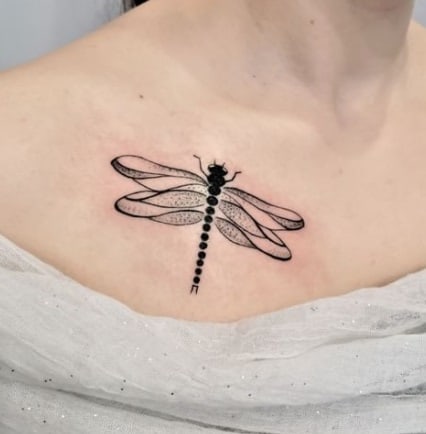
From your skincare routine in the past to the experience of your tattoo artist, there are many factors that play a key role in the healing process of your fresh ink. It is important to keep these factors in mind when getting a tattoo as it tells you what to expect from the healing process. This is everything you need to know about tattoos that are healing and why they peel or scab!
Why Do Tattoos Peel and Scab When They Heal?
If you’ve already been tattooed, you know that the process is not as painful as one expected. In fact, it’s a pain that verges on pleasure because you’re getting a design you feel passionate about. The pain caused by the tattooing needle is worth it for that design you’re getting!
However, just because it’s worth it doesn’t change the fact that getting a tattoo means ‘wounding’ your skin. These permanent artworks require the needle to penetrate a portion of the skin in order to deposit ink. To your body, it doesn’t matter if you just got a sick new tattoo or whether you accidentally cut yourself – both will need to heal.
When your skin has a wound that needs to heal, the length of this healing period can vary depending on how large or deep the cut or wound is. Tattoos are deep wounds, no matter how thin those tattoo lines seem on the surface. This is why tattoos typically take three weeks to heal but can take up to 6 months to fully heal.
While it may gross us out, we may bleed while getting tattooed. After all, we are repeatedly jabbed by a needle, so losing a little bit of blood during the process itself is completely normal. In fact, this is why drinking before getting a tattoo is not allowed. Alcohol is known to thin the blood, which results in more bleeding during the process.

Once your artist has finished tattooing you, they will wrap your tattoo with a bandage of some sort. They will instruct you to leave your tattoo covered for a certain number of hours. This is due to your fresh tattoo essentially being a wound that is exposed and possibly vulnerable to bacteria. By covering a new tattoo, the artist gives your body time to begin the healing process.
While your tattoo is wrapped, and perhaps even for a short while afterward, you may notice a clear fluid seep from your ink. This is completely normal and even happens with other cuts. This fluid is known as plasma and can be clear to yellow in color. That fluid is composed of water and proteins known as fibrinogens. These proteins are there to supplement blood clotting and ensure the wound is clean.
The first 24 to 48 hours are when you can expect your ink to give off plasma as the healing process gets underway. During this time, your ink will also be red or pink in color and may seem swollen. For a fresh tattoo that is still leaking plasma, the area should be lightly washed with antibacterial soap and gently patted dry.
Once you notice a scab has formed over your ink, it means that the healing process has begun. This is not something to cause alarm! For the remainder of the healing period, which will last an estimated three weeks, your body is working to repair blood vessels that were broken as the new tissue grows.
Eventually, your tattoo’s scab may begin to itch and peel. This is common and is no different from when another scar is healing. You should not pick at your tattoo’s scabs, rather wait for them to fall off on their own to keep your tattoo fully intact. Peeling scabs away yourself puts you at risk of damaging your new tattoo’s design.
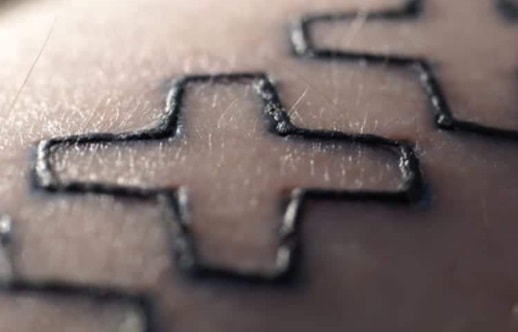
The process of healing a tattoo can seem like forever, especially after envisioning your design and waiting to get it done, only to wait longer. Furthermore, tattoos are meant to look fresh and beautiful, but oozing plasma and scabbing doesn’t always look great. This is enough to convince ourselves that something has gone wrong with our tattoo; we might even be inclined to peel at it because we are too eager for it to be healed. Do not do this.
If you are truly concerned about how your tattoo is healing, rather book a consultation with a tattoo artist. However, scabbing and peeling is a completely normal process millions of people have gone through while getting their tattoos. There are ways to minimize itching while a tattoo heals, but more on that later. Is it possible to have a tattoo heal without peeling or scabbing?
Do All Tattoos Peel or Scab When Healing?
As discussed above, scabbing is a completely normal part of the body’s healing process – whether your body is healing a fresh tattoo or an accidental cut. In fact, a tattoo that isn’t scabbing could because of concern, but not always. This is because no two people’s bodies are exactly alike, which means that the healing process may vary from person to person, depending on a few different factors.
One of these factors is your skin and how you’ve cared for it over the years. If you have a good skincare routine that you regularly use, your skin will heal faster, and you are less likely to form big scabs. Minimal to no scabbing – with no presence of other symptoms like redness or itching – can be a sign that you have cared well for your skin.
If your skin is very healthy, the scabbing may have been too fine that you didn’t even notice it scab while healing. The chances are that your tattoo healed so well you didn’t even notice; now you’re wondering if something is wrong. Healthy skin combined with a great aftercare routine for your tattoo could mean minimal to no scabbing and should not be a cause for concern. If something were wrong, there are signs to look out for.

In the cases where a tattoo has not formed a scab, but the tattoo is still swollen or red, it could be a sign that your skin isn’t healing properly. This could be caused by an infection, which is a risk if tattoos are exposed to bacteria before the wound has started the healing process. That is why it is important to keep tattoos covered as instructed by the artist. It is also important to always ensure your hands are clean before touching your tattoo, especially when it is fresh.
Furthermore, a tattoo that is not healing could be a sign of a poor diet or even of malnutrition. Your body needs certain vitamins and minerals for the successful functioning of your bodily processes, such as healing wounds. Diseases such as diabetes, when untreated, can also result in a non-healing wound.
In the case of diabetes and other diseases causing non-healing wounds, there would be a pattern. This would not only affect your tattoo but other wounds or cuts; therefore, you would typically be aware of this. With non-healing wounds, your wound may remain the same without healing for two months with no scabbing.
A tattoo that is not scabbing and is infected will show signs of this. If you experience pain in the area of your tattoo well after getting it, it could be a sign of infection. While tattoos can be a bit painful to get, the pain is typically gone the following day. Tattoos that continue to ooze or bleed after more than 48 hours may also be infected.
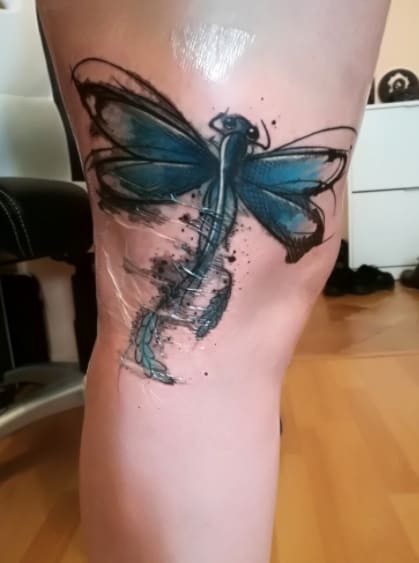
If you have concerns about a tattoo that is not healing, you should book an appointment with your doctor or dermatologist. However, if you have no prior history of chronic diseases that could hinder a wound’s healing, it could simply be a sign of healthy skin and a good aftercare routine.
Another factor that could have an impact on your tattoo and how it heals, in addition to those discussed above, is your tattoo artist and their technique and skill level.
Your Tattoo Artist Play’s an Important Role
Tattoos are permanent, and you have a clear vision for yours, so you want an artist that can successfully bring that vision to life. When picking your artist, it’s important to look at their portfolio and testimonials from previous customers. A tattoo artist with poor technique can result in you getting a tattoo that doesn’t look like your design and even impacts the healing of your piece.
Have you ever seen a tattoo that looks like it’s getting bigger, as though the ink were spreading? That is called tattoo blowout and is a direct result of an improper technique used by the artist. This is because the artist likely used too much pressure when inking your skin. When the artist applies too much pressure, it can result in the tattoo ink being deposited too deeply in your skin.

When ink is injected too deeply, it can be deposited into a layer of fat. In this fatty layer, the ink can spread and will be visible on the surface. This is what ultimately leads tattoos to appear blurry or bigger than the initial tattoo post-tattooing. Your tattoo artist’s technique also plays a role in the healing process.
If a tattoo artist is very heavy-handed and applies too much pressure to your skin when inking you, it could cause more trauma than necessary to your skin. This means your skin will take longer to heal, and the appearance of scabs is practically a certainty. The reverse of this is also true.
If your artist is very experienced, they will know how much pressure they need to apply to get the job done. A talented artist will be able to cause minimal trauma to your skin, which will have a bearing on how quickly your tattoo heals. Healthy skin, a good aftercare routine, and a skilled tattoo artist later, and you might not even notice your tattoo healing!
However, without causing tattoo blowout, some artists may still prefer applying slightly more pressure to ensure sufficient ink is used. Getting tattooed by artists who utilize a lighter technique could mean needing to go for a touch-up down the line.
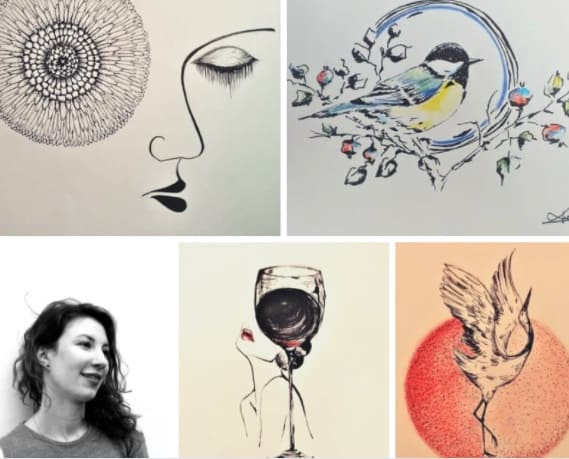
From the above, it’s clear that your choice of a tattoo artist is more important than it initially seems. In an age where we all have access to the internet, all you need to do to verify the credentials of your tattoo artist is to pull up their portfolio online. You should be able to find their website or even their dedicated accounts on social media platforms, such as Instagram or Facebook.
There’s another reason to choose a skilled artist with the right portfolio to back up their credentials: they know more about tattoos! Going to a reputable tattoo artist means you can trust their advice because it has worked. A skilled artist with a portfolio to uphold will give you the right care instructions to successfully heal the art they tattooed. After all, they want it to look good, so they can add it to their portfolio!
How to Treat a Scabbing Tattoo
While tattoo scabbing is completely normal, there are certain things you should and shouldn’t do while it scabs and heals.
You Should…
- You should ensure that all tattoo care instructions are followed carefully. If you doubt anything at any time, you will be able to contact your artist via phone or social media to get their feedback. Make sure to write down any instructions given by your artist – this is especially important the first week after getting inked, lest you ruin your new ink.
- You should make sure to use the correct type of soap when cleaning your tattoo. When washing your tattoo with the appropriate antibacterial soap, you should only use small amounts of water and should always carefully pat the area dry afterward.
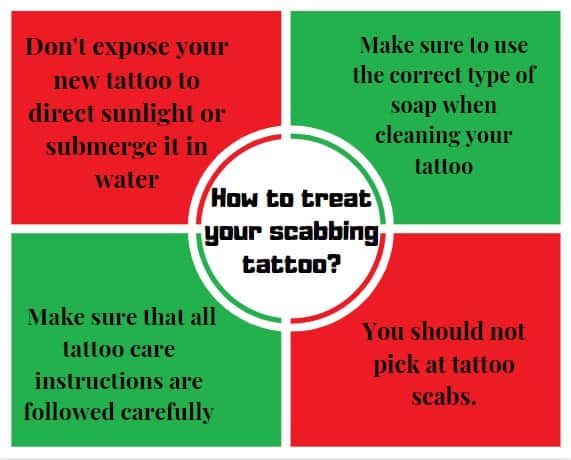
You Should Not…
- You should not expose your new tattoo to direct sunlight or submerge it in water. Your tattoo artist will likely warn you about this, and we’re here to remind you about how important this is! This can interrupt or hinder the healing process and even result in the formation of an infection.
- You should not pick at tattoo scabs. Once you’re past the initial few days after getting your tattoo, scabs will have formed unless you’re one of the truly lucky few. Scabs are normal and will fall off on their own. It is important not to pick your scabs. If you peel them off before they are ready, you could actually pull out some of the ink that has been settling in your skin, which could visually distort your tattoo. The healing process may be a slow one, but when done correctly and with care will leave you with ink that looks fresh and fantastic!
Conclusion
Scabbing and peeling is a perfectly normal part of the body’s healing process. Any open wound, including tattoos, will develop scabs after the blood clots at the wound. As your wound heals, your body repairs the broken blood vessels and tissue until the scabs naturally fall off. When a tattoo scabs, it is a sign that your new ink is healing well.
However, each person differs in how long it will take them to heal after getting a tattoo. Illnesses like diabetes or having a poor diet can result in tattoos – or any cut, for that matter – taking longer to heal or not healing at all. In these cases, a qualified doctor should be consulted.
If your skin is healthy because you have a good skincare routine, you might be less prone to scabbing or may heal faster than others. This can be supplemented by following a good aftercare routine, which will be provided by your artist.



